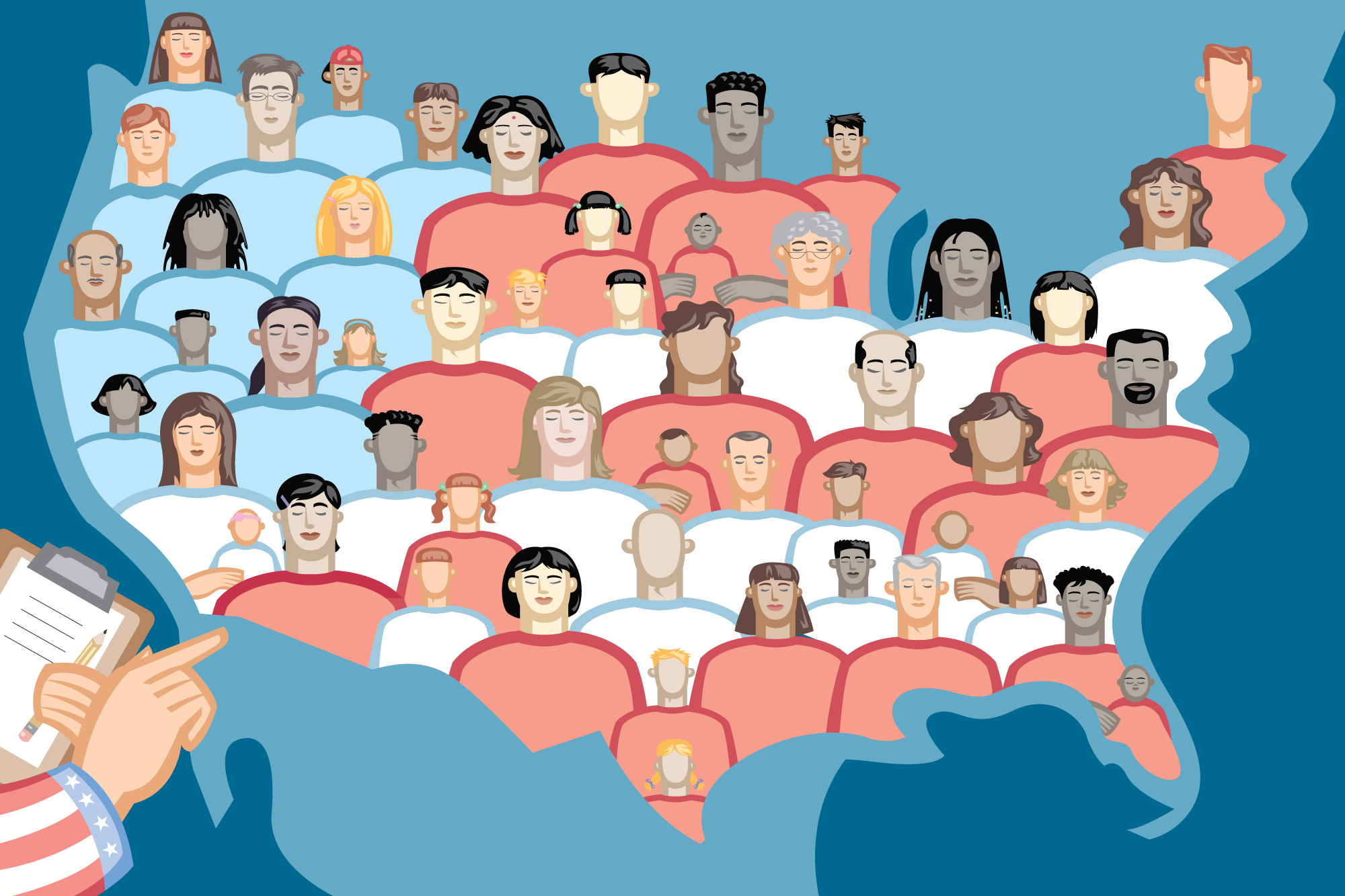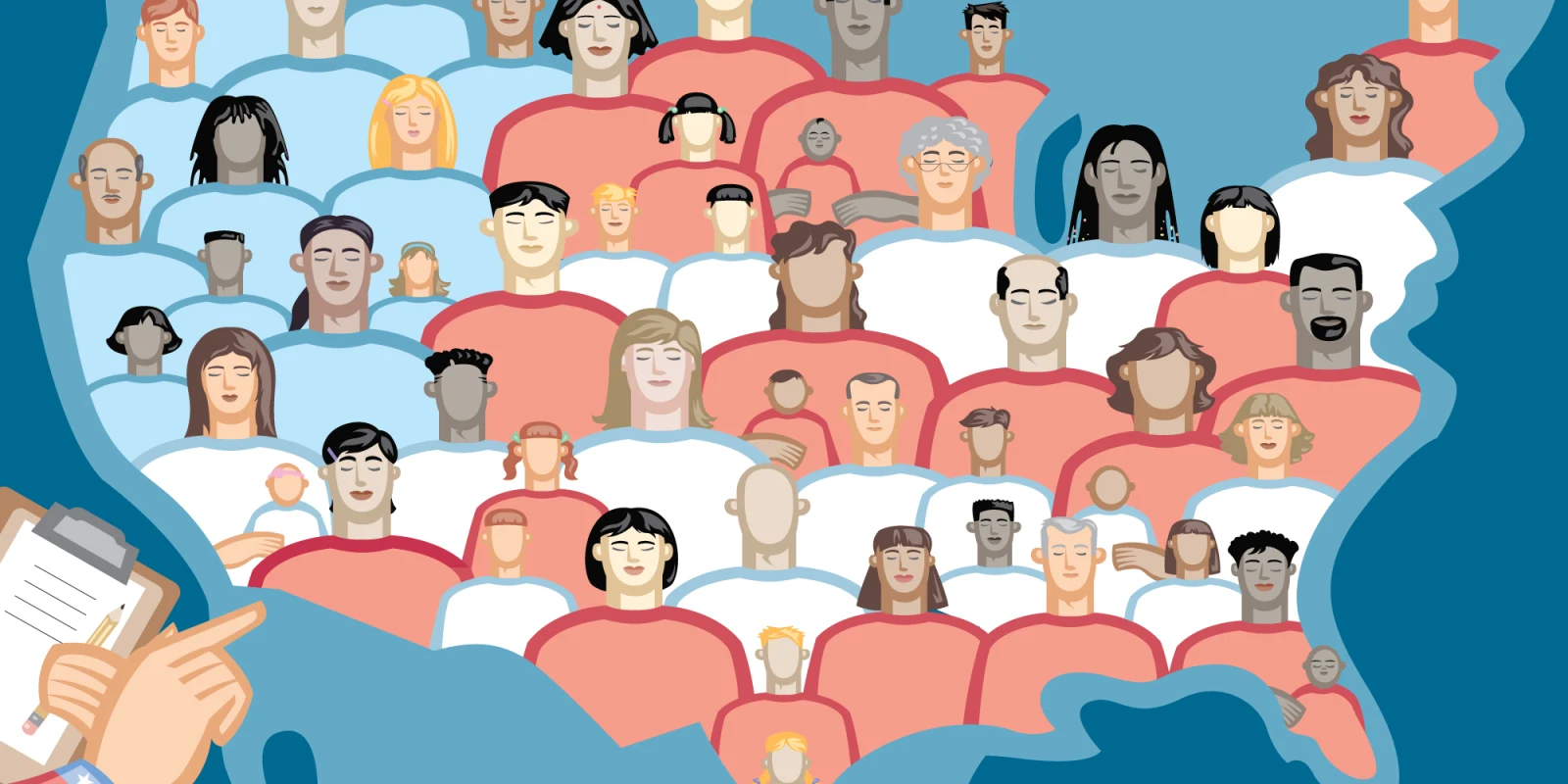
As a pediatrician in training, I am aware that approximately 5% of children under five years old were not represented in the U.S. Census in 2010. According to the U.S. Census Bureau, that translates to 1 million, which is the most out of other age groups of children. Why does this matter? Every 10 years, the census results gauge where funding for health needs to go. Through a glimpse of the country’s community demographics, the U.S. Census Bureau gives the country’s residents an opportunity to be vocal and impact the number of seats within a state’s Congress and infrastructure like hospitals and funding for health care.
Why does it matter that so many children are not being counted in the census? The nearly 1 million children not counted in the 2010 census translated to around a billion dollars being missed in federal funding, per the American Academy of Pediatrics (AAP). Data from the 2020 census will assist in allocating around $675 billion worth of local funding, and programs such as the Supplemental Nutrition Assistance Program (SNAP) and the Children’s Insurance Program (CHIP) benefit from this funding. By counting the number of children within communities, this assists lower income households that utilize these programs.
Latinx and African American children represent the most underreported within the census. Since our youngest citizens are not always being counted, the AAP is calling us, as physicians, to action to prevent this from happening again in 2020. However, the lack of response from some of our patients is not completely unfounded.
Firstly, there’s not always a clear understanding of who should be included in the census, including newborns (who do count). For other families, children may split time living between two homes, with other families, or with extended relatives. In this case, it’s important to realize that the census is meant to account for where someone lives and sleeps most of their lives, despite being transient in their living situations. If there is truly a 50/50 split in where children live, the answer is where the child lives on Census Day.
Other factors at play include housing insecurity, poverty, and uncertainty behind whether citizenship really does play a role in this process or not. Language barriers persist, and the U.S. Census Bureau has expanded their language translations of the form, but this, like many things, is an ongoing improvement. Lastly, but certainly not least important, within medicine, there is lingering mistrust. In undocumented families and in age-resricted homes where grandparents are the sole providers, families feel there is a risk involved in responding to the census.
Regardless of the complex intertwining of social and economic barriers, one certainty is that data from this nationwide survey does impact the resources our patients often need, like federal funding for research and health programs. As clinicians, the best we can do is to become informed about the process ourselves, understand the benefits versus risks, and become involved in the decision-making process of the census. For instance, parents lead busy lives, so it’s useful for them to know that, according to the U.S. Census Bureau, the form only takes 10 minutes to complete and is easily accessible online, over the phone, or on paper. Regardless of the promoted ease of completing the census form, the persistent hesitancy from some of our patients, and us, comes from a tainted history of how census information was utilized in the past.
One instance is the wrongful imprisonment of Japanese Americans during World War II, which, according to Scientific American, was based on information collected from the census in the 1940s. It is understandable that our patients may be unsure of the consequences of advocating for themselves on a document that has historically detained people based on their race and ethnicity. In 1942, President Franklin Roosevelt enacted Executive Order 9066, which forced 120,000 Americans of Japanese ancestry from their homes and relocated them until further notice. This leaves behind the questioning of a system that has the duality of causing both potential benefit and concern through health care funding.
As a clinician, it’s a system that I, too, both recognize the need for and question simultaneously. Through collections of the U.S. socioeconomic data every 10 years, we can attempt to analyze and decipher the health of our nation’s communities. By knowing the number of people within different communities, resources can be allocated based on population demographics. Federal funding for health programs, community-based programs, and combating social determinants of health are all impacted by the census through funding, and people of color, those living in poverty, experiencing homelessness, even children are often not counted, and are vulnerable when it comes to being supported by adequate resources. Within health care, there must be an understanding of the necessity of census policy, while also understanding why some, like our patients, may be wary around the possibility of a citizenship question (which the U.S. Census Bureau states needs to ensure protecting against voting discrimination). Let’s stay informed about our civil rights, how everyone is counted, and the ways this impacts health care. This includes looking out for our youngest citizens.
Denise Powell is a resident in UCSF's pediatric residency and an eighth-generation Mississippian. Denise is a Doximity 2019-2020 Fellow.







